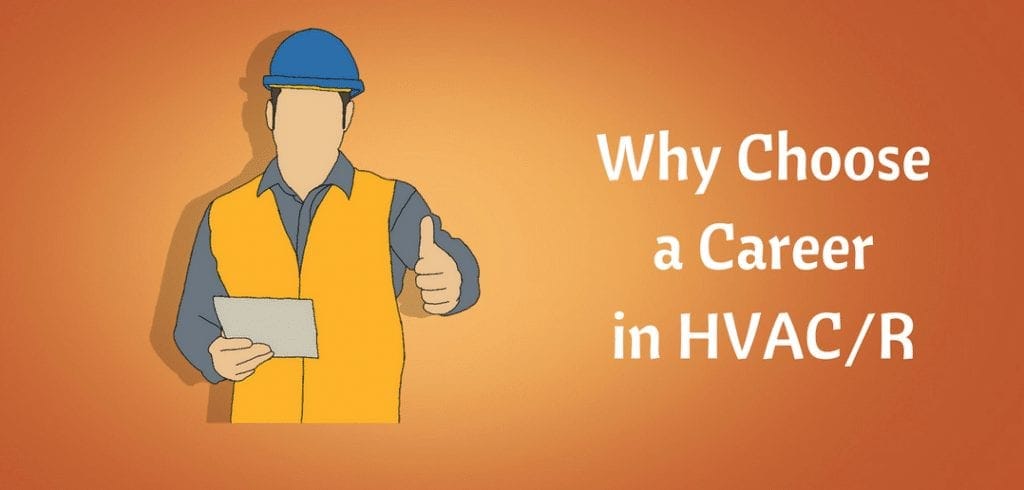The Ultimate Overview To Understanding Warm Pumps - Just How Do They Work?
The Ultimate Overview To Understanding Warm Pumps - Just How Do They Work?
Blog Article
Web Content Develop By-Grady Gylling
The most effective heat pumps can save you substantial amounts of cash on power bills. They can additionally help in reducing greenhouse gas discharges, specifically if you use power in place of nonrenewable fuel sources like lp and home heating oil or electric-resistance heating systems.
Heatpump function significantly the like air conditioning unit do. This makes them a practical option to standard electric home heating unit.
Just how They Function
Heatpump cool down homes in the summer season and, with a little aid from power or natural gas, they supply several of your home's heating in the winter. They're an excellent alternative for people who wish to minimize their use nonrenewable fuel sources however aren't all set to replace their existing heater and air conditioning system.
Recommended Internet page count on the physical truth that also in air that seems also cool, there's still energy present: cozy air is constantly moving, and it wants to move into cooler, lower-pressure environments like your home.
A lot of ENERGY STAR licensed heatpump operate at near their heating or cooling ability throughout the majority of the year, minimizing on/off cycling and conserving energy. For the very best performance, focus on systems with a high SEER and HSPF score.
The Compressor
The heart of the heat pump is the compressor, which is also referred to as an air compressor. aircon services christchurch flowing device utilizes possible energy from power creation to enhance the pressure of a gas by minimizing its quantity. It is different from a pump because it only works with gases and can not collaborate with liquids, as pumps do.
Atmospheric air enters the compressor with an inlet shutoff. It travels around vane-mounted arms with self-adjusting length that separate the inside of the compressor, producing numerous cavities of differing dimension. The rotor's spin pressures these cavities to move in and out of phase with each other, pressing the air.
The compressor reels in the low-temperature, high-pressure cooling agent vapor from the evaporator and presses it right into the hot, pressurized state of a gas. This process is duplicated as needed to supply heating or cooling as needed. The compressor also consists of a desuperheater coil that reuses the waste heat and includes superheat to the cooling agent, transforming it from its fluid to vapor state.
The Evaporator
The evaporator in heat pumps does the very same thing as it does in refrigerators and a/c, altering liquid refrigerant into a gaseous vapor that removes heat from the space. Heat pump systems would certainly not work without this essential piece of equipment.
This part of the system is located inside your home or structure in an interior air handler, which can be either a ducted or ductless system. It consists of an evaporator coil and the compressor that compresses the low-pressure vapor from the evaporator to high pressure gas.
Heat pumps soak up ambient warm from the air, and afterwards make use of electrical energy to move that warm to a home or service in heating setting. That makes them a great deal more power effective than electric heating systems or furnaces, and since they're using tidy power from the grid (and not shedding gas), they likewise create far less discharges. That's why heatpump are such wonderful ecological options. (Not to mention a significant reason why they're becoming so preferred.).
The Thermostat.
Heatpump are excellent choices for homes in chilly climates, and you can utilize them in combination with traditional duct-based systems or even go ductless. They're an excellent alternative to fossil fuel heating unit or traditional electric heaters, and they're a lot more sustainable than oil, gas or nuclear HVAC devices.
Your thermostat is one of the most essential component of your heatpump system, and it works very in different ways than a conventional thermostat. All mechanical thermostats (all non-electronic ones) job by utilizing materials that change dimension with raising temperature level, like coiled bimetallic strips or the expanding wax in a cars and truck radiator valve.
These strips contain two various types of steel, and they're bolted with each other to form a bridge that finishes an electrical circuit connected to your cooling and heating system. As the strip obtains warmer, one side of the bridge expands faster than the other, which creates it to bend and signal that the heating unit is required. When the heat pump remains in heating setting, the turning around shutoff reverses the circulation of refrigerant, to ensure that the outdoors coil currently functions as an evaporator and the indoor cylinder ends up being a condenser.